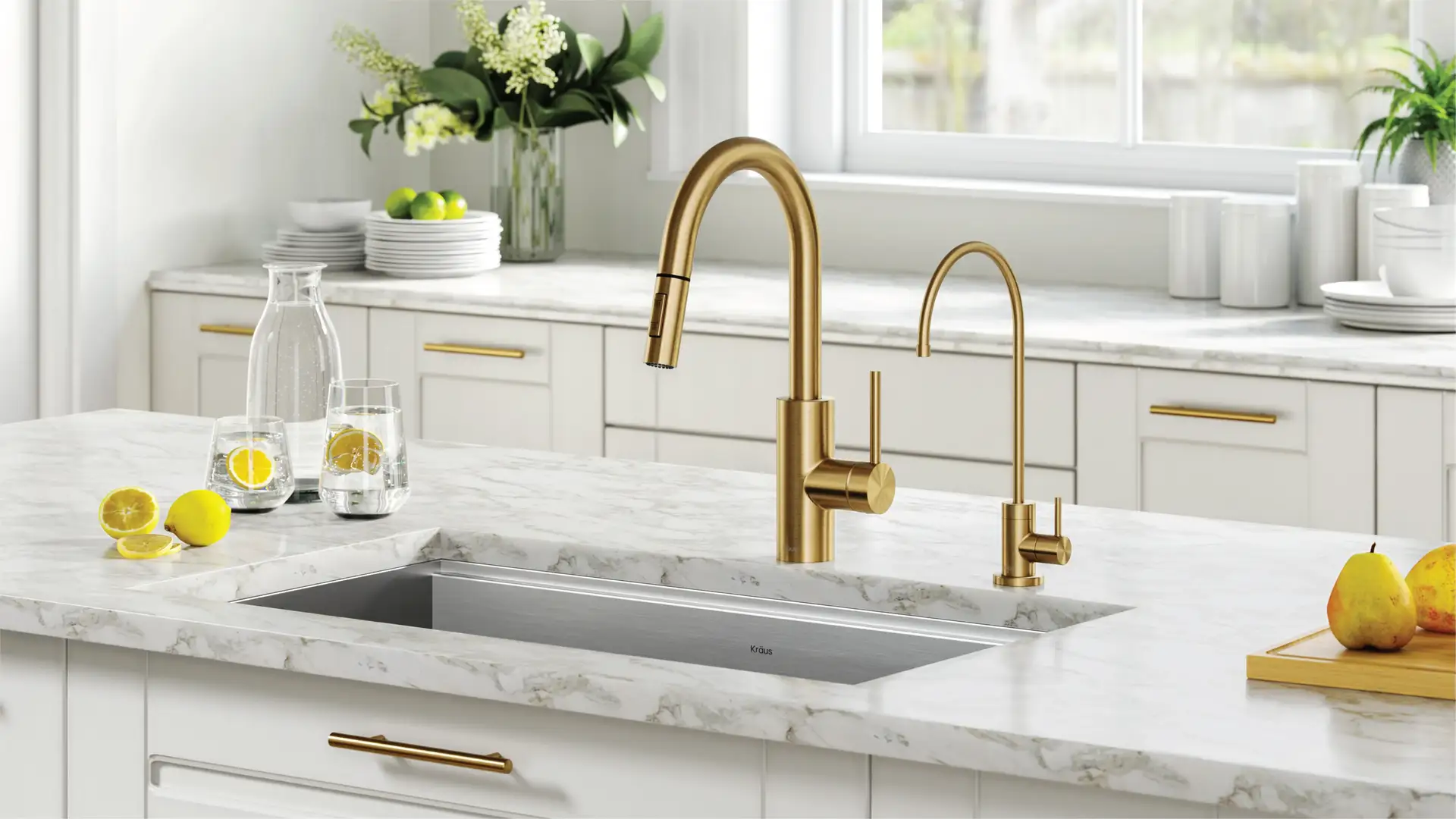Taps, also known as faucets, are an essential fixture in both kitchen and bathroom spaces, providing access to water for various tasks such as washing dishes, cooking, bathing, and personal hygiene. While kitchen and bathroom taps serve the same fundamental purpose of delivering water, there are distinct differences in design, functionality, and usage. In this article, we’ll explore the nuances of kitchen and bathroom taps, examining their unique features, considerations for selection, and their role in enhancing the functionality and aesthetics of their respective spaces.
Design and Aesthetics:

One of the most noticeable differences between kitchen and bathroom taps is their design and aesthetics. While both types of taps come in various styles, finishes, and configurations to suit different preferences and decor schemes, they are typically tailored to the specific requirements and aesthetics of the kitchen or bathroom environment.
Kitchen Taps: Kitchen taps are often characterised by their larger size, higher spouts, and ergonomic design features tailored to the demands of food preparation and dishwashing tasks. They may feature a single-handle or dual-handle design for controlling water flow and temperature, along with additional features such as pull-out or pull-down sprayers, swivel spouts, and integrated soap dispensers or filtration systems.
Bathroom Taps: In contrast, bathroom taps tend to have a more compact and streamlined design, reflecting their primary function of personal hygiene and grooming. Bathroom taps are available in various styles, including basin, bath, and shower, each designed to complement the specific fixtures and fittings in bathroom spaces.
Functionality and Features:
Kitchen Taps: Kitchen taps are designed to facilitate various tasks, from washing dishes and filling pots to rinsing produce and cleaning the sink area. As such, they often include features such as high-arc spouts for ample clearance, pull-out or pull-down sprayers for targeted water delivery, and multi-function spray patterns for added versatility.
Bathroom Taps: Taps primarily focus on personal hygiene and grooming activities, such as handwashing, face washing, and bathing. While they may not require the same level of functionality as kitchen taps, they still offer a variety of features to enhance user comfort and convenience.
Installation and Mounting Options:
Kitchen Taps: Kitchen taps are typically installed on the kitchen sink or countertop, connected to the water supply lines and secured with mounting hardware. They may feature a deck-mounted installation, where the tap is mounted directly onto the sink or countertop surface, or a wall-mounted installation, where the tap is attached to the wall above the sink.
Bathroom Taps: Bathroom taps are installed on various fixtures and surfaces within the bathroom, including basins, bathtubs, and showers. They may be mounted directly onto the basin or bathtub surface, secured to the wall or deck surrounding the fixture, or installed as part of a freestanding fixture such as a pedestal sink or clawfoot bathtub.




